Archive for the ‘Carlyle Baker’ Category
Entry 1019 — Something from a Year Ago
Tuesday, February 19th, 2013
I’m in the process of going through previous blogs to figure out what I managed to accomplish last year, if anything–strike that: I know I did accomplish a few things. Anyway, I found this at the first entry I dipped into (which was posted 11 December 2011):
I copied the whole page of the anthology it’s on, hence the text below it. As soon as I saw it again, I liked it as well as I liked it the first time I saw it. Here’s what I said about it in my other entry: “I have a lot of trouble saying why I like this–extremely like this. I do know that I am automatically attracted to anything with the word, “ur,” in it. Beginnings, origins, the number one. The work seems to me simultaneously some sort of alchemical diagram, a map of a section of an archaeological dig, a frame from a film of a dream, a “careworn and coffee-stained map” of a lost country (as bleed editor John Moore Williams muses in the text accompanying the full set of four pieces this one is the first of), maybe even a piece of square currency from some mystical secret nation . . . Baker says of the set that “most of these pieces begin hand-drawn in ink, pencil crayon, watercolor, etc., and later are altered in a paint program”–much as the graphics in my work are. My only gripe: he apparently doesn’t title his works–if he does, the titles have been omitted in the anthology I found it in.”
Do I have anything to add? A little. One is the importance visually and conceptually of the extremely un-organic elements: the rectilinear border, the three black symbols (two circles and a square, and black), the word, “ur” and the x. The lines of dashes, too. In short, a layer of conceptuality over a layer of Nature. What would formerly be called a marriage of the perceived and the understood if “marriage” still meant what it used to. So I’ll call it a wonderful dichotimfusion.
Amusing that I, the generally exclusive taxonomist, want to call it a visual poem (because of the word, “ur”) but its maker, Carlyle Baker, prefers the word, “graphism” for it.
.
Entry 1009 — One More from Do Not Write
Saturday, February 9th, 2013
This one is by Carlyle Baker:
I find this image fascinating. It’s not a poem, for me, but–for one thing–a visualization of a mind’s attempt to find an answer to some unknown but worthy question. One of the mind’s tactics is a doubling back over what it is diagramming, stolidly diagramming. It also employs a white abstract map it briefly scribbles notes toward some sort of understanding that fails to emerge–but it does pin down the location of the unknown involved (the X). I also read in it (less compellingly) the narrative I read in almost all asemic works, the struggle of language to emerge, in this case from thick-lined networks forming layers away from what the language is struggling to speak of, with an abstract outline of what it apparently must include above it. Or the map of a big city, or a close up of a side of such a city . . .
.
Entry 600 — Another by Carlyle Baker
Wednesday, December 21st, 2011
I got it into my head that I’d done my entry for today yesterday and it had automatically been posted this morning. Now, at 7 P.M., I’ve discovered I was wrong. So I’ve grabbed another of the works by Carlyle Baker in thebleed.01 to take care of the day’s entry.
It seems to me a visimage with a caption embedded in it, not a visual poem. But I like it a great deal. I versus some indefinite something . . . Intimations of so much more. Significantly, the I is drawn, not mechanically printed, and could be a narrow door. Ancient countries of the Near East seem strongly implied, to me. Are we where a sense of self originated? Where I split off from a? I think that happened much earlier, but who knows.
Diary Entry
Tuesday, 21 December 2011, Noon. A blog entry taken care of–after another round of tennis. And, hey, a mile “run.” I put “run” in quotes because it took 11 minutes and 13 seconds, so was hardly a genuine run. But it was right after three sets of doubles and a bike ride home of over a mile. Later note: well, I read some more in the two long books I’m to review, and knocked out reviews of the three other books on my list. Didn’t get anything else done–other than writing and posting another blog entry about my unpopular belief that words should mean something.
.
Entry 591 — A Work by Carlyle Baker
Monday, December 12th, 2011
I don’t know much about Carlyle Baker–only that I see his work every 0nce in a while and always like it. The piece by Baker below, untitled, is from the bleed 0.1.
I have a lot of trouble saying why I like this–extremely like this. I do know that I am automatically attracted to anything with the word, “ur,” in it. Beginnings, origins, the number one. The work seems to me simultaneously some sort of alchemical diagram, a map of a section of an archaeological dig, a frame from a film of a dream, a “careworn and coffee-stained map” of a lost country (as bleed editor John Moore Williams muses in the text accompanying the full set of four pieces this one is the first of), maybe even a piece of square currency from some mystical secret nation . . . Baker says of the set that “most of these pieces begin hand-drawn in ink, pencil crayon, watercolor, etc., and later are altered in a paint program”–much as the graphics in my work are. My only gripe: he apparently doesn’t title his works–if he does, the titles have been omitted here.
* * *
Sunday, 11 December 2011, 5 P.M. I played around with an image at Paint Shop for less than half-an-hour, and posted the result as my blog entry for the day. Tennis in the morning, dinner with Linda in the late afternoon, futzing around in between. Almost nothing accomplished.
.
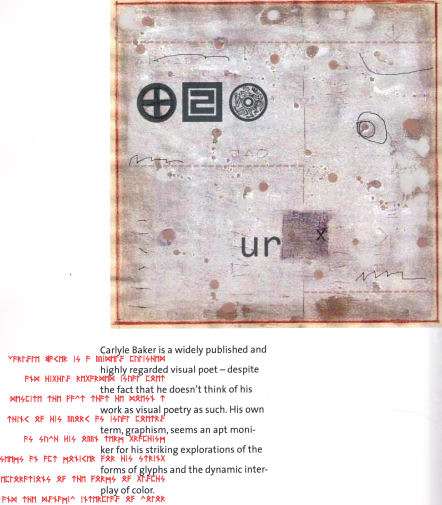
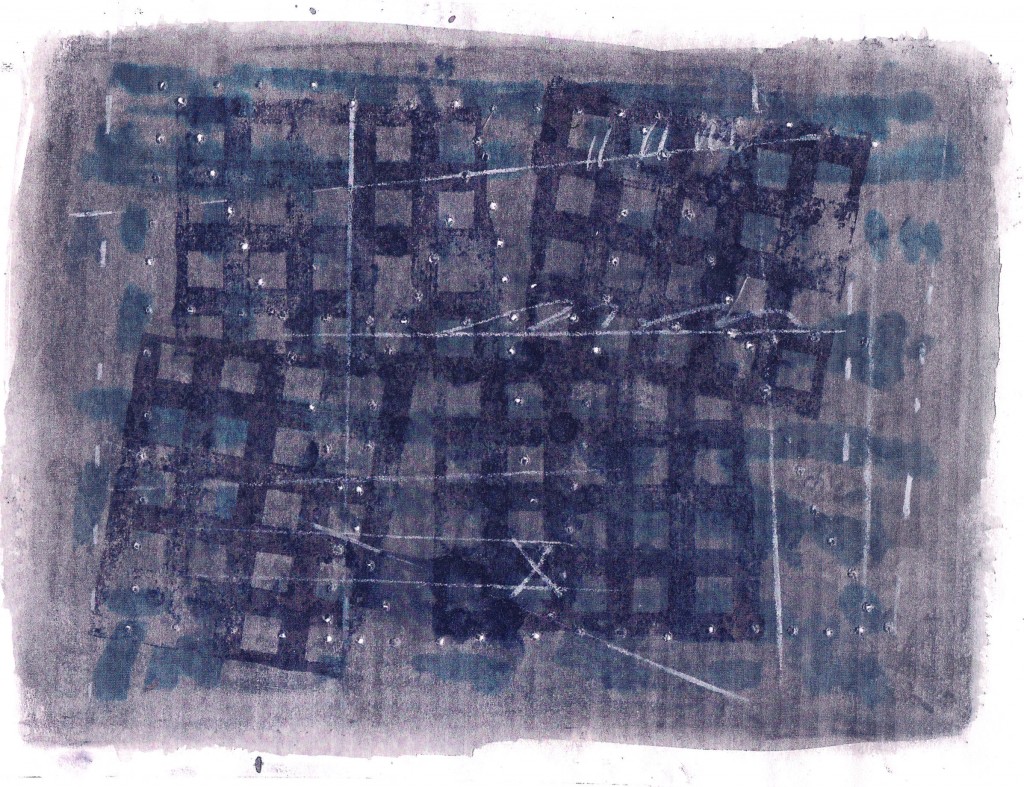
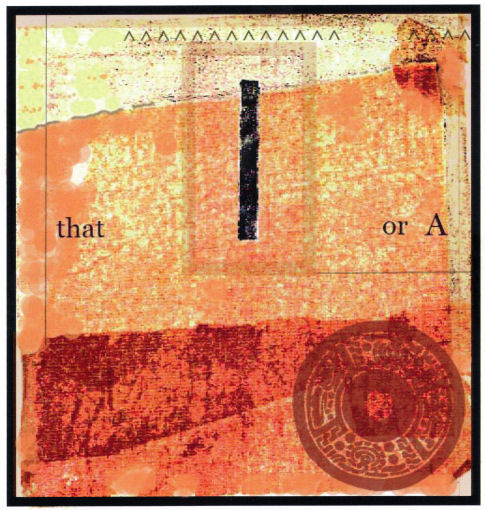

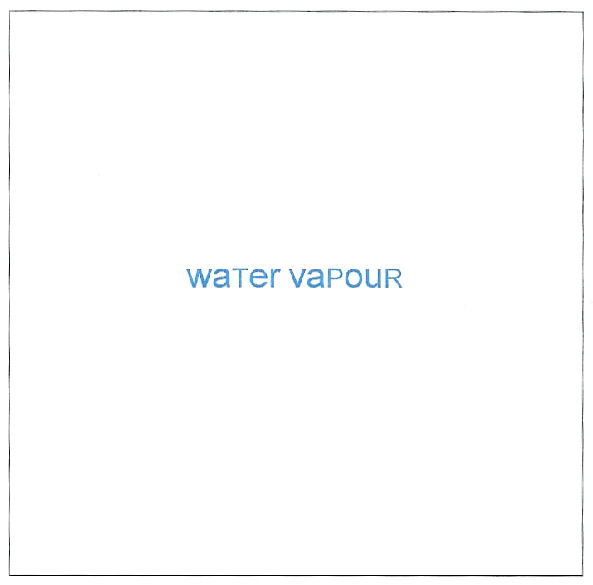

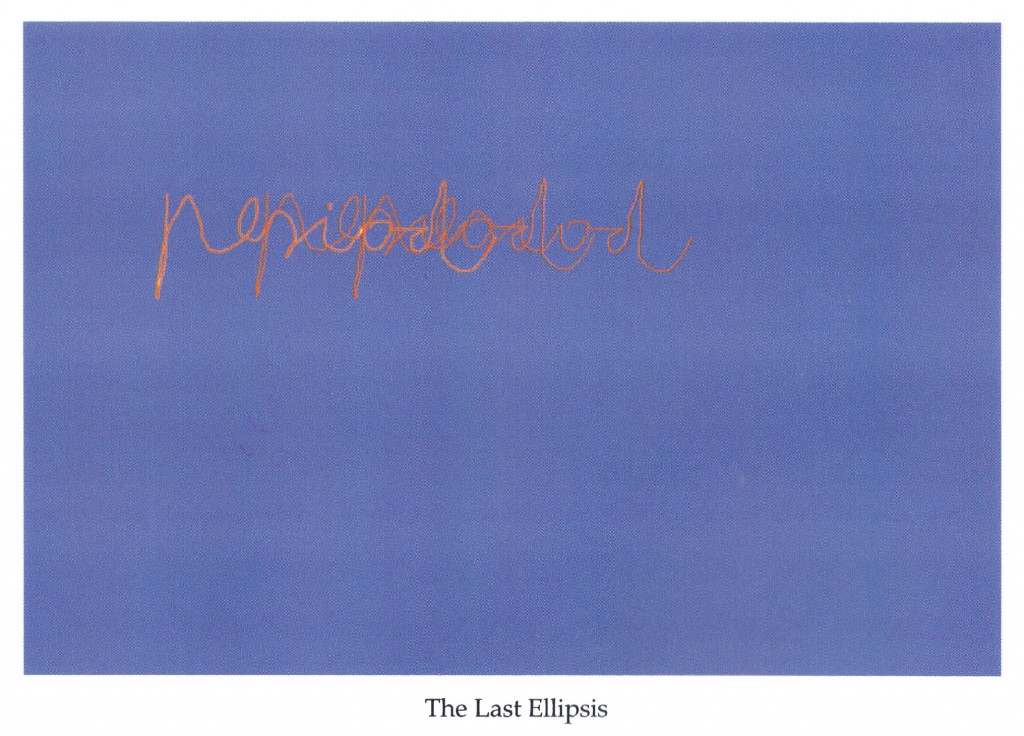
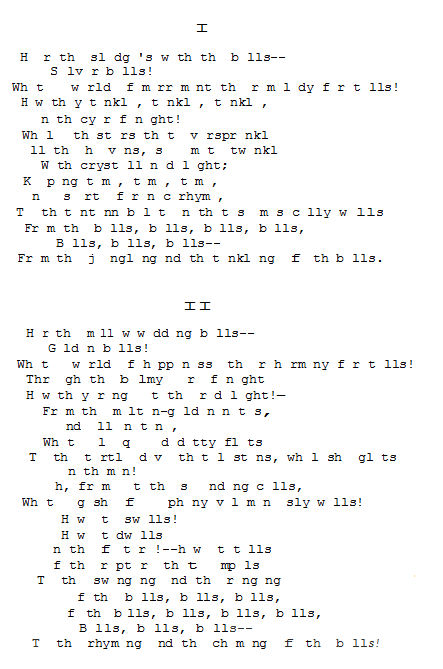


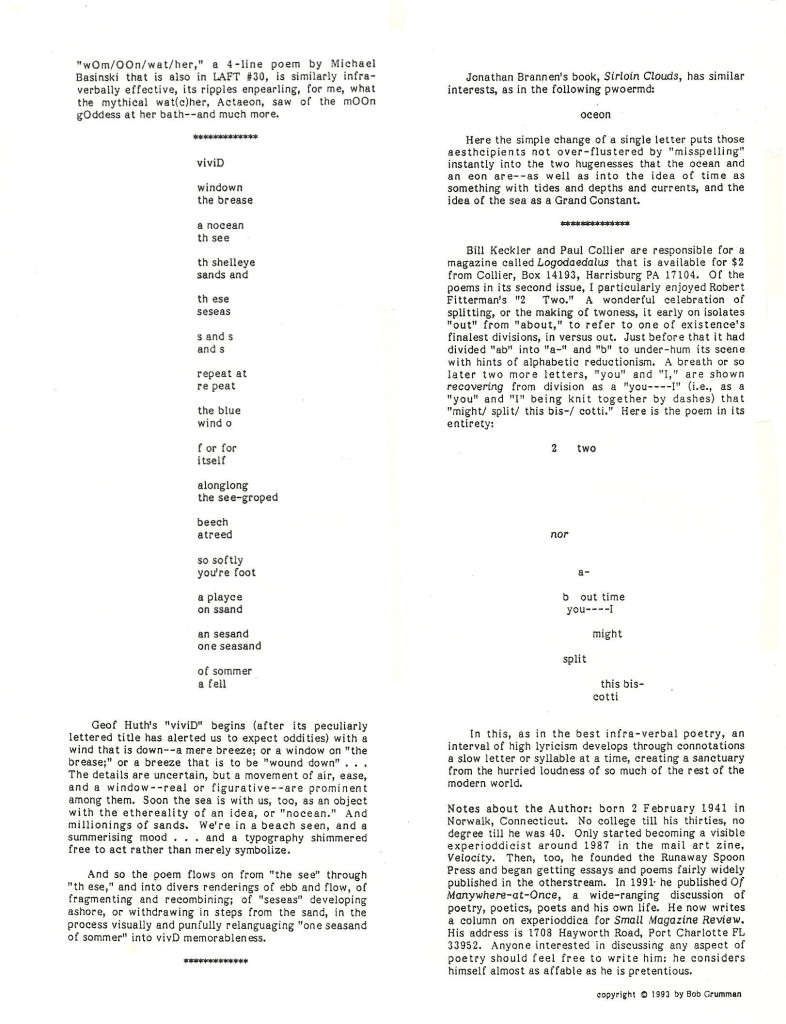
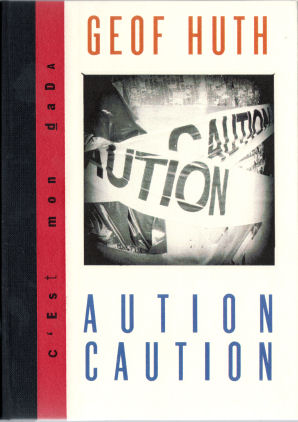
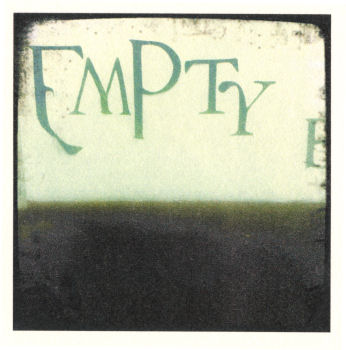
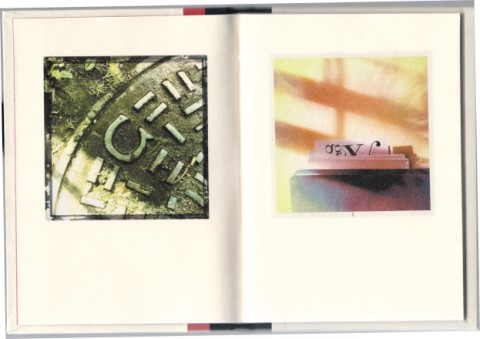

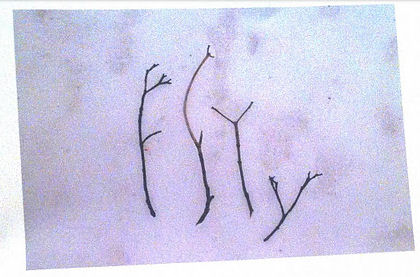
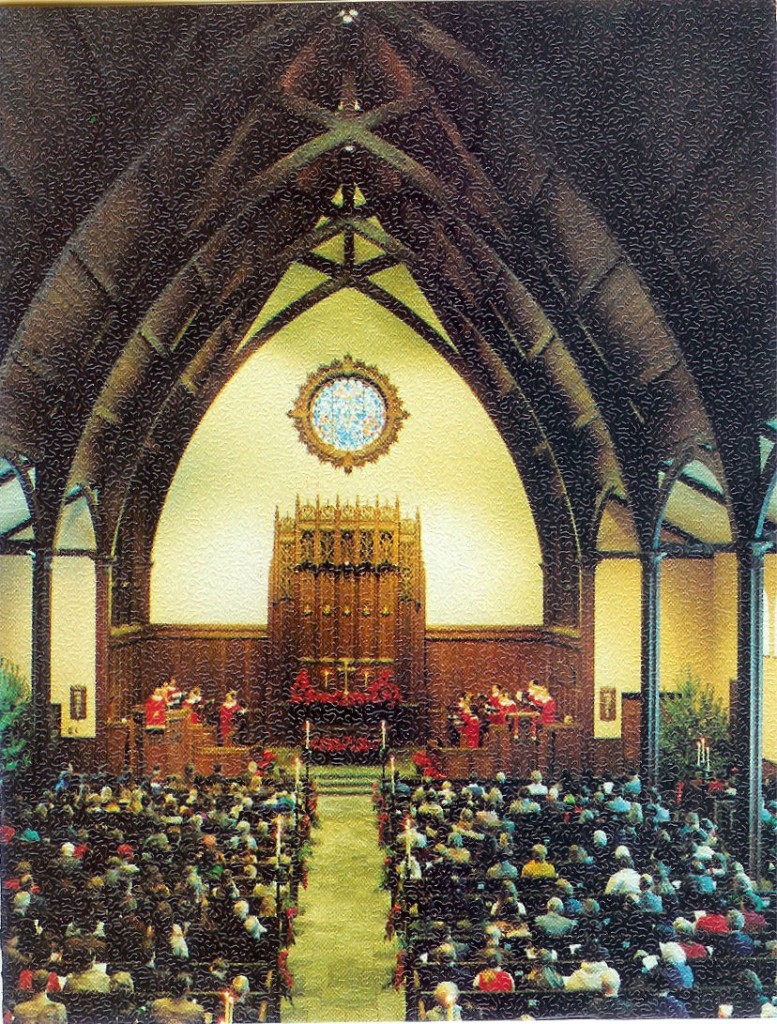
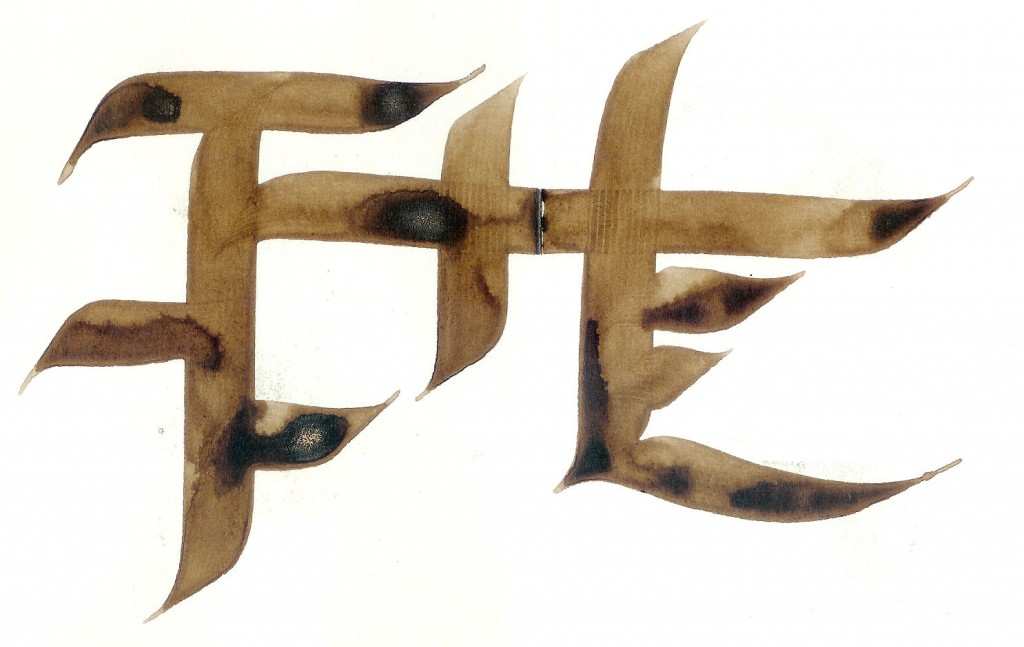


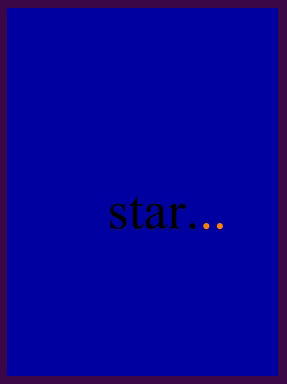
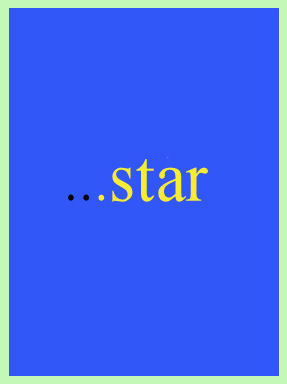

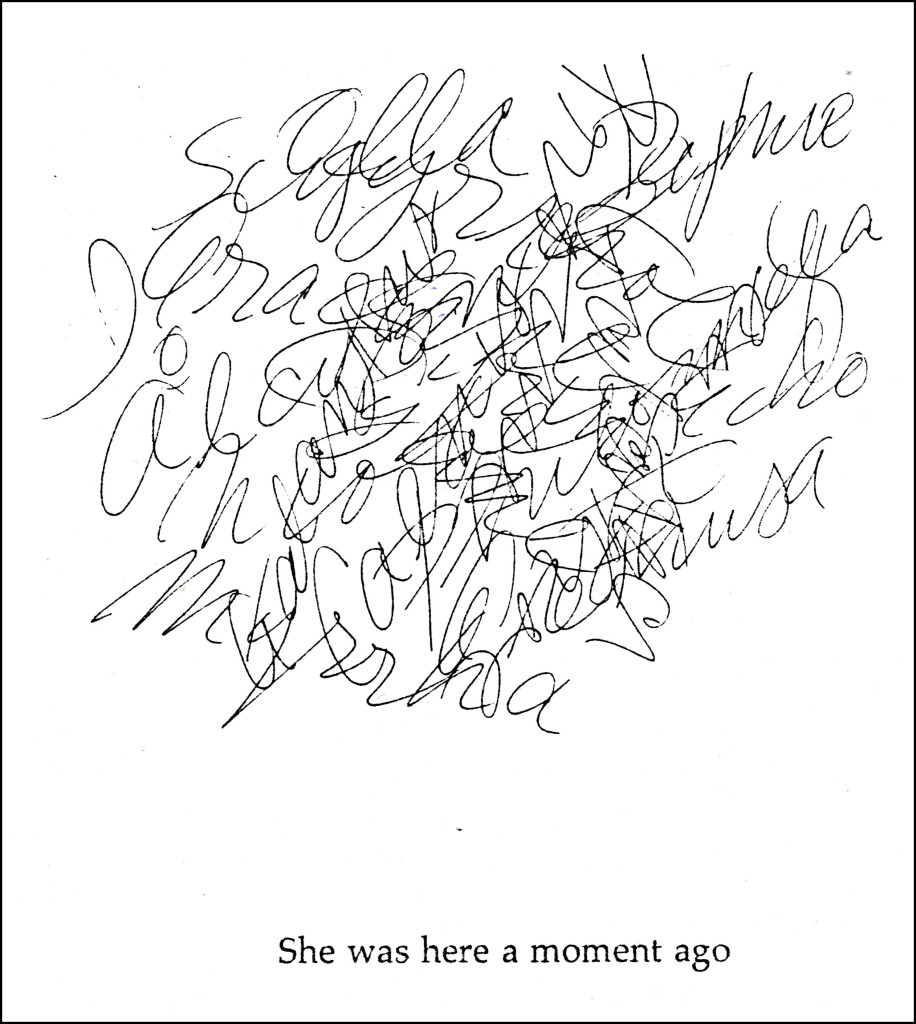
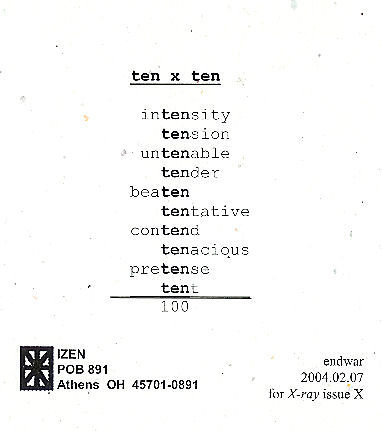 As I announced when I first posted this, I am hoping to publish an anthology of mathematical poems, like this one, so if you have one or know of one, send me a copy of it, or tell me about it.
As I announced when I first posted this, I am hoping to publish an anthology of mathematical poems, like this one, so if you have one or know of one, send me a copy of it, or tell me about it.

Thanks for posting these, Bob!
Hopefully see you soon,
Marton